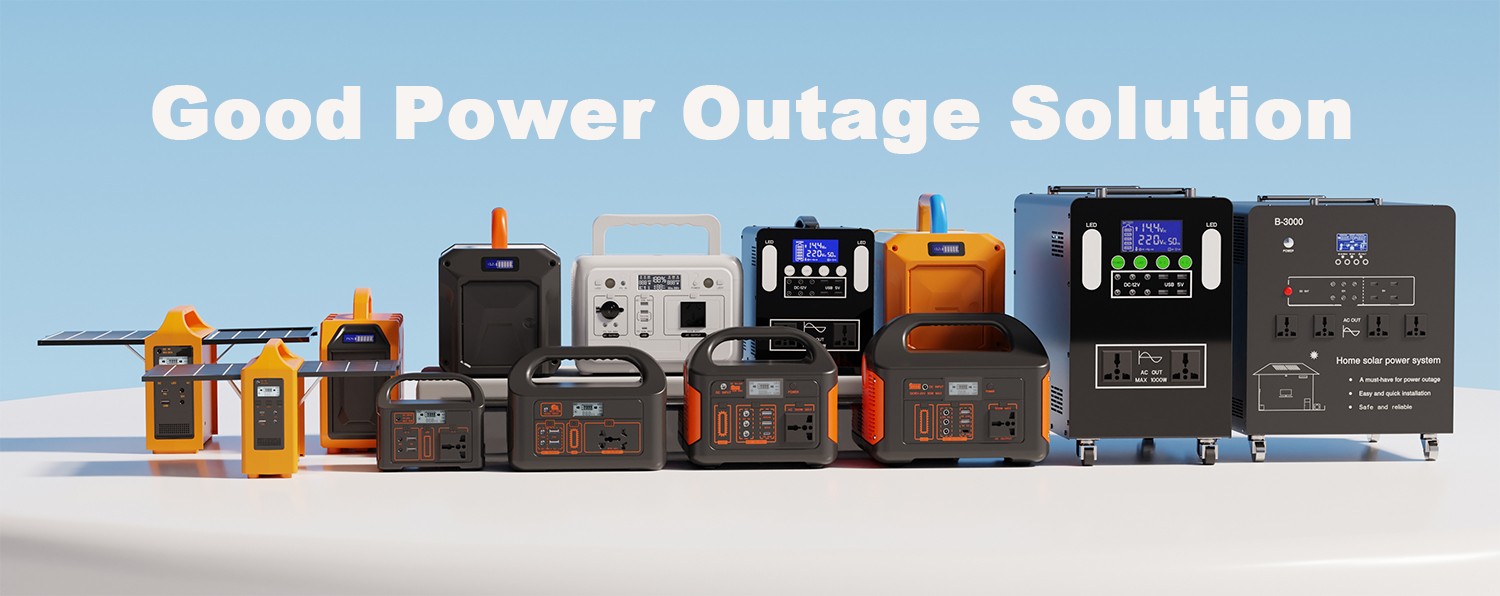I. Core Principles: Protecting Battery Health
Avoid Extreme Charging and Discharging
·⚠️ Contraindications: Storing at a full charge (>90%) for extended periods or discharging to a low charge (<20%).
·✅ Optimal Range: For daily use, it is recommended to maintain a SOC between 20% and 80% to extend cycle life.
·��� Deep Discharge Exception: For long-term storage (>3 months), discharge the battery to 40% to 60% and store in a cool, dark place.
Control Operating Temperature
·��� High Temperature Hazards: Temperatures above 45°C accelerate electrolyte decomposition, leading to irreversible capacity degradation (lifespan is halved for every 10°C increase).
·❄️ Low Temperature Risks: Lithium ion activity drops sharply below 0°C, potentially causing permanent damage.
·��� Ideal Operating Temperature: Maintain an operating temperature between 15°C and 35°C, avoiding direct sunlight or proximity to heat sources (such as engines). ·��� Cooling tips: Enable the active cooling fan during high power output and avoid covering the heat dissipation ports.
Optimize charge and discharge rates
·⚡ Fast charging restrictions: While PD/QC fast charging is supported, long-term high-speed charging (>50% current intensity) will generate more heat and shorten battery life.
·⏳ Slow charging priority: When charging with AC power, use the original adapter as much as possible and avoid fast charging in high-temperature environments.
·��� Discharge rate: Avoid continuous high current output (such as running an electric kettle and refrigerator simultaneously). Exceeding the rated power will increase battery wear.
II. Optimize usage habits
Reduce unnecessary charge and discharge cycles
·��� Shallow charge and discharge: No need to drain the battery every time before recharging. Small amounts of charge can reduce the number of cycles.
·��� Load matching: Select the appropriate power level based on the device power (for example, disabling unused USB ports) to avoid inefficient power supply. Long-term Storage Management
·��� Storage Conditions: If storage exceeds one month, store in a dry, cool place (<30°C), maintaining a battery charge between 40% and 60%.
·��� Periodic Reset: Perform a charge-discharge cycle (to 50%) every three months to prevent the battery from entering a dormant state due to prolonged storage.
Avoid physical shock and vibration
·��� Drop-resistant design: Choose products with rubber corner protectors and shock-absorbing brackets, and use a dedicated protective case for transportation.
·��� Port Protection: When plugging and unplugging cables, hold the plug rather than pulling on the wire to prevent loose connectors and poor contact.
III. Hardware and Accessory Selection
Selecting High-Quality Battery Cells and BMS Systems
·��� Battery Cell Type: Prefer lithium iron phosphate (LFP) or high-end ternary lithium (NCM/NCA). The former offers a longer cycle life (≥2000 cycles).
·��� Importance of a BMS: An excellent battery management system precisely controls the charge and discharge curves, balances cell voltages, and prevents overcharge/overdischarge. High-Quality Peripherals
·☀️ Solar Panel Matching: Choose an MPPT controller and high-efficiency monocrystalline silicon panels to avoid battery overheating caused by inefficient charging.
·��� Wire Specifications: Use genuine high-temperature-resistant cables to avoid overheating caused by excessive resistance of inferior wire.
IV. Intelligent Management
Utilize Software Monitoring and Maintenance
·��� App Monitoring: View battery temperature, voltage, cycle count, and other data through the manufacturer's app to detect anomalies promptly.
·��� Firmware Upgrade: Regularly update the BMS firmware to optimize charging and discharging strategies (such as adding a temperature adaptive algorithm).
Enable Energy-Saving Mode
·��� Auto-Sleep: Set the inverter to automatically shut down when there is no load, reducing standby power losses (generally <10W).
·��� Intelligent Scheduling: Some high-end models support peak and valley charging, allowing charging to avoid peak hours on the grid. V. Special Scenarios
���️ Outdoor/Extreme Environment Use
·���️ Low-Temperature Startup: Preheat the device in your vehicle, or choose a model with low-temperature heating (such as a built-in heater).
·���️ Dust and Waterproof: Choose a device with an IP67 or higher protection rating to prevent intrusion of dust and rain.
���️ RV/Self-Driving Tours
·��� Multi-Power Synergy: Combine power with the vehicle's battery to distribute the load.
·��� Load Classification: Prioritize critical equipment (such as refrigerators and navigation systems) and stagger non-essential equipment (such as electric kettles) during peak hours. VI. Common Misconceptions Corrected
❌ Wrong Practice ✅ Correct Practice Cause
Storing the battery at a full charge for a long period of time. Maintaining a charge level of 40%-60% during storage. High SOC accelerates electrolyte decomposition.
Frequent deep discharges (<10%). Shallow charge and discharge (20%-80%). Deep cycling accelerates electrode fatigue.
Fast charging in high temperatures. Slow charging at room temperature. High temperatures combined with fast charging increase the risk of thermal runaway.
Using a non-original charger. Using an original/certified charger. Non-standard chargers can cause voltage instability and damage the battery.
Using the battery directly after prolonged inactivity. Charge to 40%-60% before storage and recharge regularly. Long-term storage can lead to SEI film instability.
VII. End-of-Life Determination and Treatment
The following symptoms indicate that the battery is nearing the end of its life:
·��� Actual capacity is less than 80% of the nominal value.
·��� Charging speed is significantly slower.
·��� Abnormal heating during normal use.
Contact the manufacturer for professional recycling. Do not discard the battery without authorization (it contains heavy metals and hazardous substances). By implementing these strategies, the lifespan of portable energy storage devices can theoretically be increased from the standard 500-1000 cycles to over 1500 cycles, extending their practical service life to 5-8 years (depending on usage intensity). The key lies in establishing sound charging and discharging habits and using smart tools to monitor battery status in real time.
